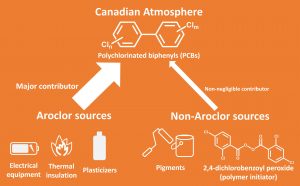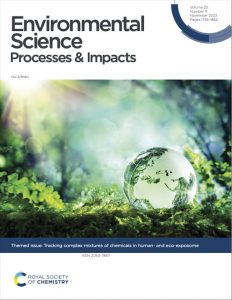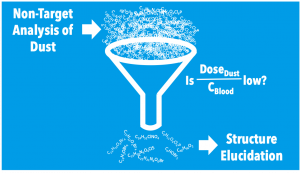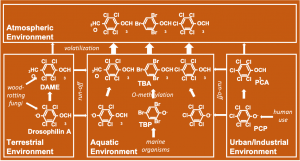April 18, 2024
In an effort led by Jenny, we found that unintentionally produced polychlorinated biphenyls are commonly found in Canadian air, suggesting the existence of wide-spread emissions related to the manufacturing and application of pigments and silicone rubber. This is described in our first paper in the new journal ACS ES&T Air.




